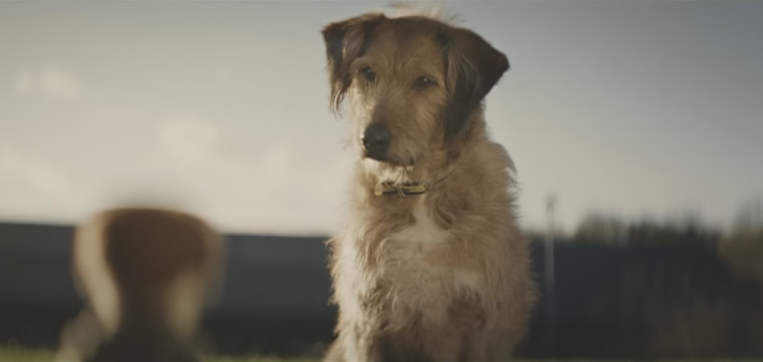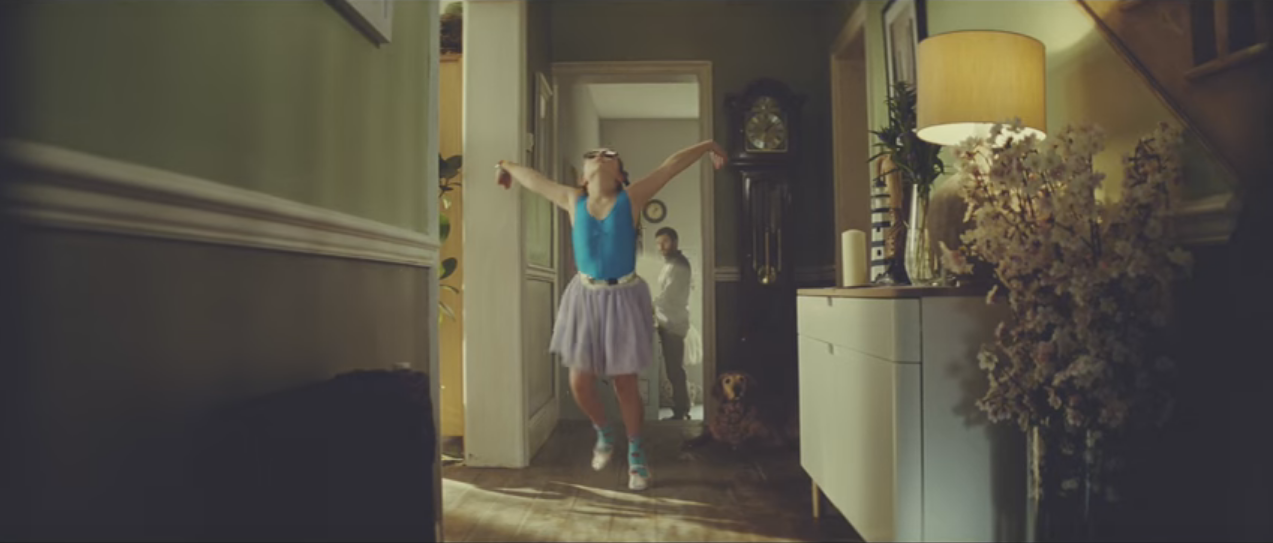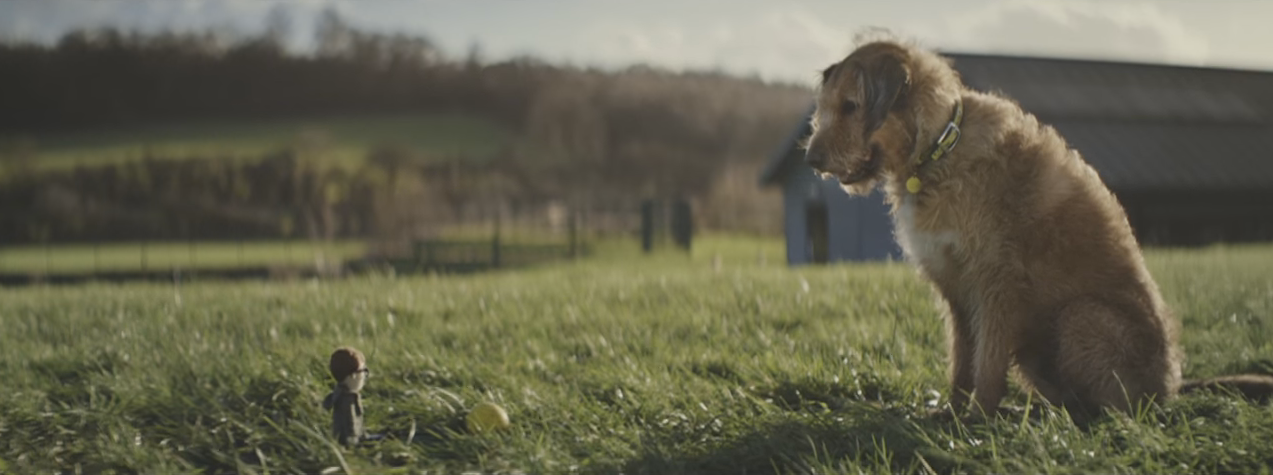
- Posted by info 29 Mar
How Advertising uses Touching Storytelling
TV has never been more emotional and impactful. It isn’t being called a golden age for no reason.
We’re not just talking about the programming. Even advertising is now trying to prey on viewers’ heartstrings by crafting mini narratives that, instead of showing the direct application of the product or service they’re pushing, focus on getting the audience to connect to a character and experience their story.
In the past it was all about the hard sell and getting the audience to buy, buy, buy! There were exceptions, such as the famous Ridley Scott Hovis advert, which showed restraint on pushing the product in favour of creating something atmospheric, but on the whole it was straightforward product, price, buy, style stories.
Not so long ago…
The advertising landscape of 2016 is very different from even that of just six years ago. If we look at a list of the top adverts of 2010 the changes are obvious. The linked list rightly puts the Meerkats advert on the top spot, but below this are a group of largely forgettable promotions. A Magners advert that shows a cricket team catching apples, two girls prop their sleeping boyfriends together so that they can eat Maltesers and Santander makes a giant Lego road in the countryside.
There’s nothing wrong with these adverts, but there is a distinct sense of something missing from the list, a particular genre that has since emerged. All the adverts are hard selling their product (even the Meerkats ad, which mentions or shows Compare the Market and car insurance 7 times in 30 seconds), they are using very obvious visual gimmicks, or hilarious concepts to push their product to as many punters as possible.
The present day is a very different story.
Now

2015’s top advertising list stands in stark contrast. Most of the videos chosen focus on one or a series of characters, and make interesting attempts at connecting with them, showing who they are and what they care about.
The top video on the list, John Lewis’ insurance advert that features a child dancing enthusiastically to Tiny Dancer, perfectly shows this. It’s about home insurance, but doesn’t reveal this until the last seven seconds of a 1:30 minute advert. Instead it goads the audience into appreciating the girl’s enthusiastic attempts at dancing. At the end the audience appreciates that really, the point of the advert is also to focus on the calamity that the girl could have caused. It’s relatable to anyone in the advert’s market, as most homeowners have children and will have seen them recklessly run around their home, and achieved with such emotional gusto that it can’t fail to deliver.
Other adverts in the list clearly show a preference for emotion over hard selling. From the Thai advert that paints a child as a hero by helping his mother, to the Dove campaign that asks women to walk through a door that represents how they describe themselves, emotion is given preferential treatment like never before!
Dog’s Trust Now and Then

A particularly good example of how a company has rejigged its approach to TV advertising through a touching story is Dog’s Trust. It’s interesting, as charity advertising has always attempted to have emotion in their adverts, but they are usually still geared towards the hard sell.
As recently as December 2015 a Dog’s trust advert looked like this:
It’s a well-worn, and predictable approach to pushing donations. Here’s a shocking image, here’s what Dog’s Trust can do to help, here’s the recovery, donate for as little as this much a month. Also, the logo is ever present making sure that people never forget what it is they’re donating to.
However, Dog’s Trust has hugely rethought their approach with their latest advert.
This advert, on paper, isn’t very different to their December advert, but its execution delivers much more of an impact.
Instead of making something that is explaining to the viewer right away who they are, they leave it, and focus more on making the dog character a figure to identify with. Dog’s Trust logos and brand colours are hidden throughout the advert, if you look closely, but on TV most viewers wouldn’t immediately recognise which organisation the advert was about. Like the John Lewis ballerina advert, the audience is given time to connect to the dog character and his mascot. It is only in the last 7 seconds of the advert, after the story of the dog is resolved with finding an owner, is it made explicitly clear that it is for Dog’s Trust.
That’s a wrap!
So really, that’s how you do it! Spend less time on hard selling, more on creating a unique character and story that represents your brand in a subtle way and you’re halfway towards making an advert that not only sells you, but engages with people on a deeper level.
Of course, one thing that’s also evident in almost all the adverts is that they are stylish. Thinking up the best style for your advert is important, so how do we achieve this? How to make style work with substance is answered in another blog post coming soon…
Please note, we didn’t make any of the videos mentioned. We do think they’re great examples however.
Sources:
The golden age of TV: How we got here and why there’s no bubble to burst
https://www.youtube.com/watch?v=lrMD_z_FnNk
https://www.youtube.com/watch?v=6Mq59ykPnAE
http://www.theguardian.com/media/organgrinder/2010/dec/17/adverts-top-ten-2010
http://www.theguardian.com/media-network/2015/dec/04/best-ads-advertising-2015-favourite
https://www.youtube.com/watch?v=7gqPM_GT8Qw
https://www.youtube.com/watch?v=4QHeXTQxo_Y
https://www.youtube.com/watch?v=IrJhlVODG3w

Post Comments 0